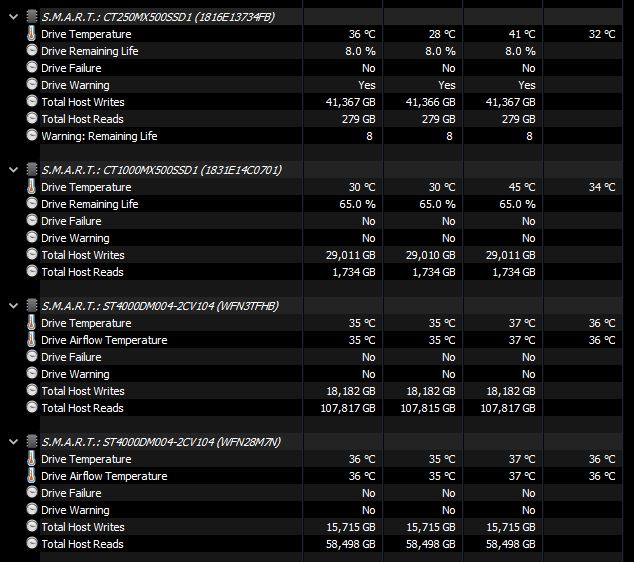So time for the quarterly set of tweaks to see if I can improve my speeds, reliability etc. This time I’m trying to sort out an issue with Wi-Fi which is causing a server, located in my garage, to be unresponsive on the network.
The first set of changes were nothing to do with the router but to qBittorent, in my aim to maximise the upload speed I’d allowed the software to swamp the local network so the Server wasn’t actually able to connect to the network and get an IP address! Some of these tweaks are unique to the Billion BiPAC 8900AX I use while others are standard and so relate to all, I’ll try and identify which is which.
MMM DD HH:MM:SS kern warn kernel: Missed Membership report from 169.254.149.241 for 224.0.0.252 1 times. Waiting..
So in the router logs I frequently saw the above warning. The 169.254.149.xxx means the Server hasn’t actually been assigned an IP address yet, have a search for that range to find out more details. Once I’d reduced the number of connections allowed for all torrents and active seeding torrents I started to see less of those issues, they still occur but at least the Server does get assigned a local IP address during the day now. For the Billion router you can set QoS rules, under Configuration->Quality of Service. For these to work for torrents I had to pre-configure the port to use on inbound and outbound connections, I don’t use UPNP which isn’t a bad thing it seems, again search for security issues round that and generally it seems turning it off is favoured. So my torrent connections are now set to a low priority on the outbound (upload/LAN to WAN) side and limited, on the inbound (download/WAN to LAN), side to 67% of the available bandwidth, these rules also only apply to the torrent server, which has a fixed IP address (This server has an ethernet connection to the network and so always got an IP address). This allows Streaming and browser to continue quite happily with no interruptions whereas before this stuttering, on streaming was common.

Now onto the generic Wi-Fi changes…
Bizzarely this involved reducing the bandwidth settings in the 2.4GHz/5GHz ranges. For the 2.4GHz I now have a bandwidth of 20MHz, previously I tried to use 40MHz but the local area just couldn’t sustain that because of neighbours networks, while the 5GHz is currently set to 40MHz. The result is that the 2.4GHz has greater stability, as does the 5GHz, but the range of the 5GHz has actually increased into more rooms in the house! This seems to be down to collisions with neighbouring networks, not many four at the worse case, but by trying to use the full bandwidth it was frequently causing issues. Now I’m using less of the bandwidth the quality of the connection, and range, has improved. Seems strange? Yes but I did find many sites that explain this in detail and why it can improve the quality of the connection.
I did also enable “MLD Multicast Proxy”, this is the IP6 version of “IGMP Multicast Proxy” it turns out, I wasn’t aware until I started searching for improvements. But has it made a difference? I can’t tell but it hasn’t made it worse and I do know that enabling IGMP solved our initial issues, when I first started using the Billion, when trying to use Youview and the online TV catchup services.
Lastly I reduced the “RTS Threshold” from the maximum 2347 down to 2040. Again no noticeable improvement but it’s not worse. This is my current focus though, so does it need to go lower? I’ve seen recommendations to drop it to 500 but these are accompanied with the caution to do so gradually as that doesn’t suit all. So, hopefully, I’ll get some updates to this later.


You must be logged in to post a comment.